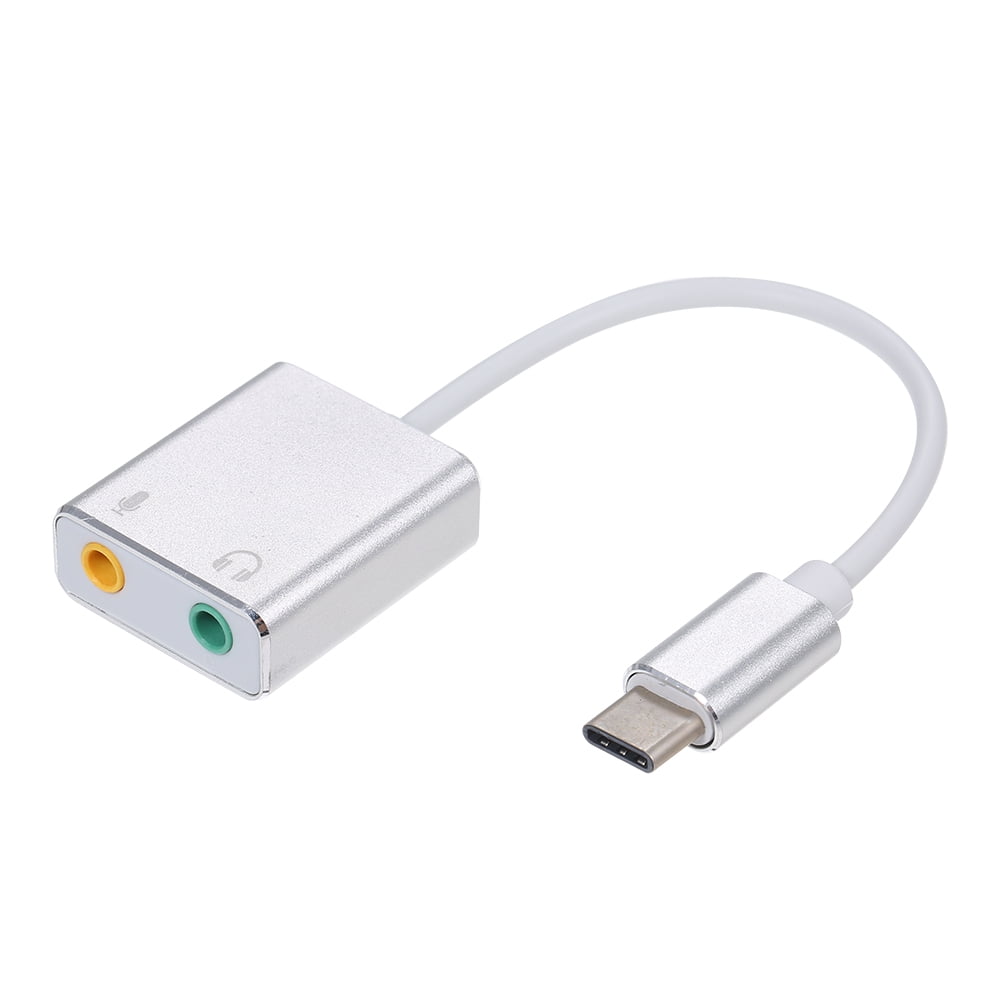
- #EXTERNAL SOUND CARD FOR MAC DRIVERS#
- #EXTERNAL SOUND CARD FOR MAC DRIVER#
- #EXTERNAL SOUND CARD FOR MAC SOFTWARE#
- #EXTERNAL SOUND CARD FOR MAC PROFESSIONAL#
Most DJ software, and PCDJ products are no exception, offer two modes for dual channel output: One mode, internal mixer. So, when using a pro-audio USB multichannel sound card, like the American Audio Versaport as pictured with this post, you’re able to headphone cue with DJ software. You should always check the mix in your headphones first, if mixing music on beat is important to how you DJ.
#EXTERNAL SOUND CARD FOR MAC SOFTWARE#
Of course “ SYNC” in DJ software now, like what we include with PCDJ DEX 2 and PCDJ RED Mobile 2, helps tremendously with beat mixing on beat – but it’s truly meant to be a guide. This is paramount for any DJ that beat mixes or otherwise blends their DJ sets seamlessly. You can get the mix right in your cans before you send the mix live.

Why is this important? Traditionally when a DJ uses two turntables or CD players (I say “traditionally”, but obviously tradition today is some form of Digital DJ software with DJ controller or time-code control, but I digress) and runs each to an independent output to an external mixer they have the ability to headphone “cue” or use “pre-fade listening” With this setup the DJ can preview one track in their DJ headphones, while the other plays live to their audience.

#EXTERNAL SOUND CARD FOR MAC PROFESSIONAL#
Why all this talk about “single stereo output”? DJ software, at least professional DJ programs, support true dual-stereo output – otherwise multi-channel output. But here again, MAC’s come with single stereo output sound cards built in as well.

#EXTERNAL SOUND CARD FOR MAC DRIVERS#
MAC users do have the benefit of Mac’s “Core Audio” drivers – which offer much lower latencies (around 3-6ms on average) and multichannel support.
#EXTERNAL SOUND CARD FOR MAC DRIVER#
While WASAPI and WDM both support multichannel output, and lower latencies than the basic direct sound driver included on the Windows platform, they still run around 30ms latency (time the DJ software takes to react to a button press or virtual slider movement etc) and doesn’t help the fact the sound card itself only offers one true stereo output. Sound cards included on Windows machines utilize “ DIRECT SOUND“, “ WASAPI” or “ WDM” drivers. The sound card you receive with your computer is not a “pro sound card” and furthermore, doesn’t offer more than a single stereo output or surround sound. Got that? Yeah, a tad bit technical, agreed! The integrated sound system is often still referred to as a “sound card”.” The best plug-in cards, which use better and more expensive components, can achieve higher quality than integrated sound. Sound functionality can also be integrated onto the motherboard, using basically the same components as a plug-in card. Typical uses of sound cards include providing the audio component for multimedia applications such as music composition, editing video or audio, presentation, education and entertainment (games) and video projection.

The term sound card is also applied to external audio interfaces that use software to generate sound, as opposed to using hardware inside the PC. “A sound card (also known as an audio card) is an internal computer expansion card that facilitates the input and output of audio signals to and from a computer under control of computer programs. In more detail, this excerpt from Wikipedia explains best: What is a Sound Card (or otherwise known as Audio Card)?įirst off, your computer already has one built in (laptops have integrated single stereo output or surround sound output cards included by default) A sound card essentially turns digital audio player output (audio files) into audio signals that can be amplified and played, just like when you amplify the signal from CD decks. Since our product specialists here at a PCDJ receive this question often from first-time callers, I figured it was worthy of its own blog post…


 0 kommentar(er)
0 kommentar(er)
